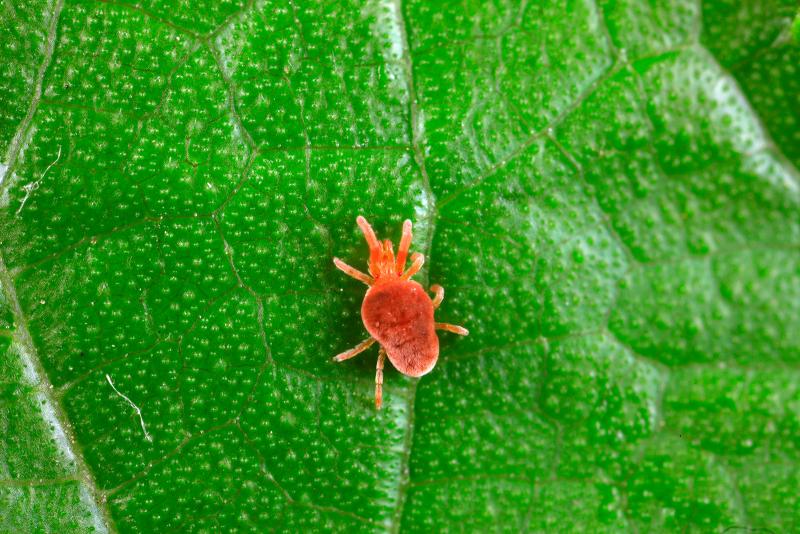Here comes September, a quirky month and the beginning of the harvest season. Indeed, the September moon is called the corn moon or harvest moon. In 1752, September had only 19 days when the Western world changed from the Julian calendar to the Gregorian calendar. Sept. 22 is the autumn equinox when the day and night hours are equal. From then on, the daylight hours will begin to lessen.
It is a quirky month in the garden because some things are still growing yet others are ready to harvest. It is also time to bring indoors any houseplants that have spent the summer out on the patio, deck or garden area. You might also want to pot up some herbs to bring inside.
One of the most common problems when moving houseplants indoors is that they can bring insect pests such as aphids, mealybugs and spider mites with them, and infest your other houseplants. You can use insecticidal soap, which is a lower-toxicity insecticide that is safe for houseplants. Always follow all package instructions. Do not use dish detergent, because it can eat away at the protective waxy layer on the leaves and make your plants vulnerable to disease. You can also kill bugs by putting small houseplants in a bag with a few mothballs and lightly sealing it overnight. The fumes will kill any insects with no danger to pets or children.
Never bring plants directly from the outdoors into the house without conditioning them first. Otherwise, you may shock the plants and cause them to shed leaves or even die. This is because the sudden change in light, temperature and humidity can overwhelm the plant. Even well-lit homes have much lower light levels than the bright sunshine outdoors.
To help your plants transition from outdoors to indoors, move them to a shaded part of the yard or onto a porch for a week or so. Carefully cut off any broken branches, dead leaves and unsightly growth. After a week in partial shade, bring the plants indoors for a full day and night, then return them to the shaded yard for the rest of the week. This will let the plants gradually get used to the lower light levels indoors.
Bring all of your plants indoors once nighttime temperatures stay in the low 50s, or they may suffer damage.
After your plants move indoors, they will not use as much water as they did when growing outside. Water them only when the top inch of soil is is dry to the touch.
Do not repot your plants at this time unless they absolutely need it, because repotting will only add more stress while the plant is transitioning to indoor conditions. If you do repot, always use potting soil. Garden dirt is too heavy and will not drain well in pots. Choose a new pot that is just 1 or 2 inches larger in diameter than the current one. If you use a much larger pot, it can lead to root rot because the soil will stay wet for too long.
Houseplants can add living, oxygen-generating beauty to your home. Take the time to slowly acclimate them to life indoors so you, and they, will stay healthy until it’s time to move back outdoors next year. And enjoy the quirks of September as you ponder that no other month ends on the same weekday as September, although each September begins on the same weekday as December.

















































